
Within the Belize melting pot lives a vibrant community of East Indians who continue to practice traditions brought from their India homeland so very long ago.
Tracking migration patterns can be a fascinating if not complicated business, but there was a clear path to Belize residency for the group of Hindu East Indians who first arrived on the nation’s soil around 1858. About 1000 came in the first wave that year, and by the 1880s, an indentureship program mandated by India’s British colonists added to the community of hard-working people eager to put down roots.
While other East Indians sought work on neighboring Guatemala coffee plantations, new members of the Belize society coalesced in two geographic areas: Belize’s Toledo and Corozal Districts. There they found work on the estates of ex-soldiers who had fought for the Confederate army in the Civil War. Indentureship ended after five years, at which time East Indians began to invest in their own land, growing produce and selling it on the open market.
Sadly, race discrimination dogged East Indians for generations. Stereotypes like “East Indians are better for light agricultural work” than darker-skinned Africans and Garifuna pervaded society, but East Indians– particularly those practicing the Hindu faith–remained undaunted and continued to arrive on Belize shores in the 1920s. At this point, Belize City was home to the largest concentration of East Indian ex-pats.
While people of East Indian descent do not make up a huge portion of Belize society, their presence contributes mightily to the nation’s cultural heritage, economic success and entrepreneurial spirit. And while East Indians have adopted many Belize traditions, beliefs and tenets, they proudly retain their unique identities by dressing in clothing from India, eating Indian foods and practicing social and religious customs.
In fact, if one were to identify one area that is the most commercially successful for East Indians, it would have to be food-related. The importation of spices and operation of eateries serving East Indian foods lend a distinct flavor to this community’s personality, and when new immigrants arrive these days, they bring with them new merchandising talents and skills that contribute to the nation’s economic success.
Generations have passed. Intermarriage has served to further merge ethnicities into the whole fabric that is Belize, and if you’re fascinated to know more about Belize’s East Indian citizenry, you will want to book an authentic Belize vacation at Chabil Mar so you are headquartered in an area with the best proximity to these neighborhoods, markets and cultural sites.
While you’re learning more about these people and their traditions, take advantage of one of Chabil Mar’s money-saving, all inclusive jungle and sea vacation packages. There’s a lot from which to choose as evidenced by the bounty of choices you’ll be offered when you plan your trip. See a tour you like? Follow the sage advice of Benjamin Franklin who said, “Don’t put off until tomorrow what you can do today”!
Visit our website chabilmarvillas.com for more information on Belize, and don’t hesitate to send us an email, or call US/CAN Toll Free: 1-866-417-2377, Local: (011-501) 523-3606, if you have questions or need help in planning a Belize vacation.



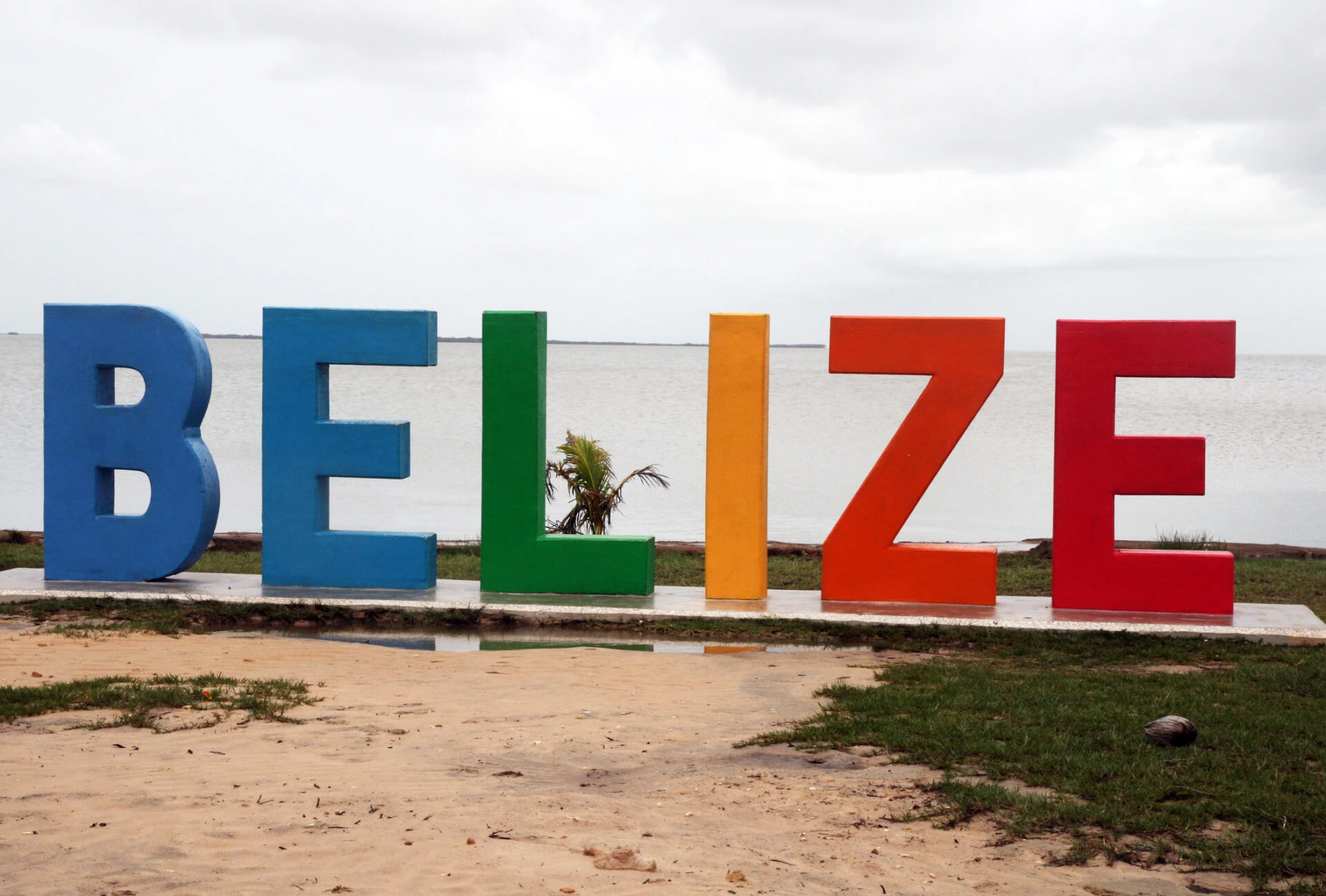

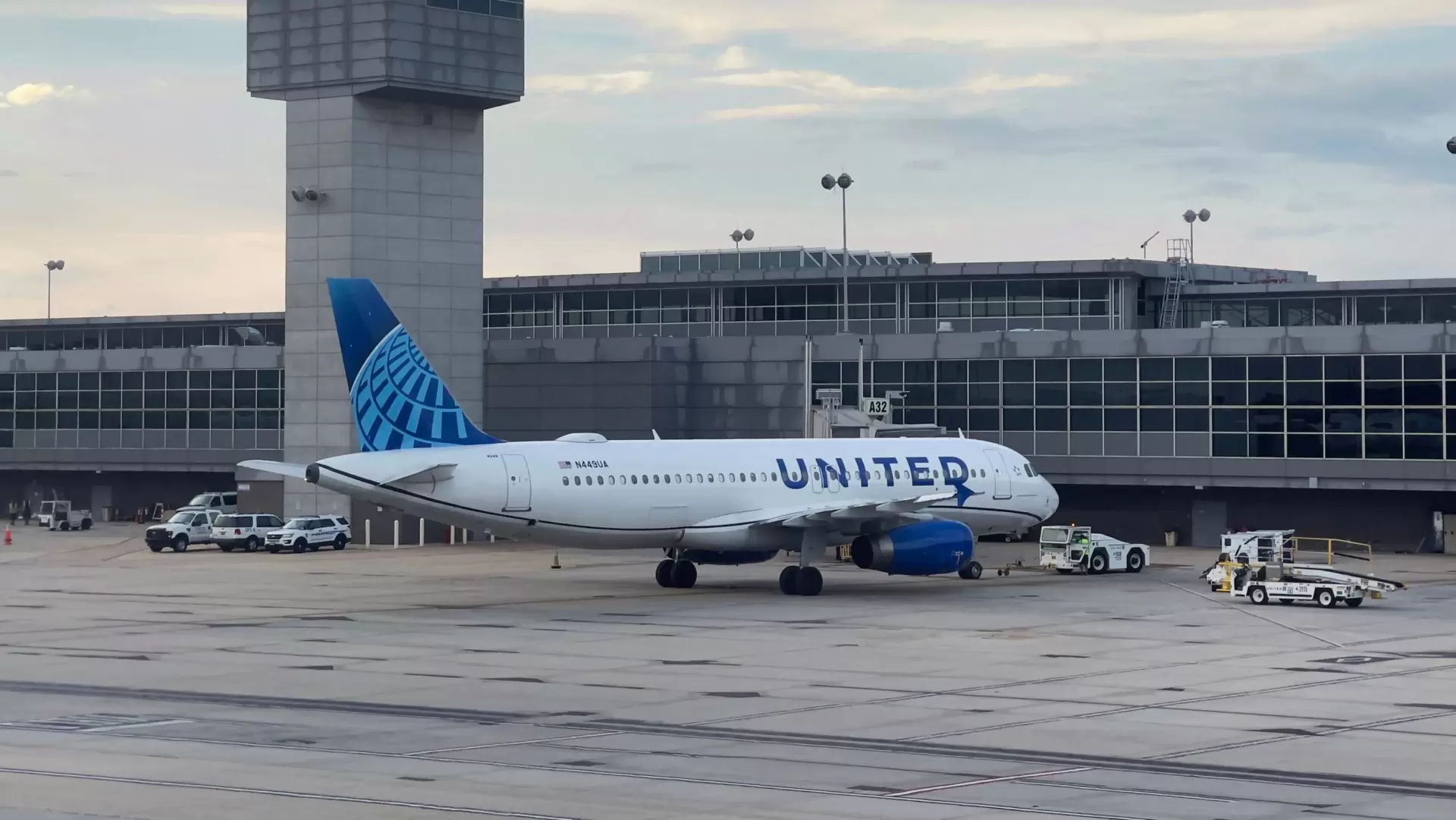





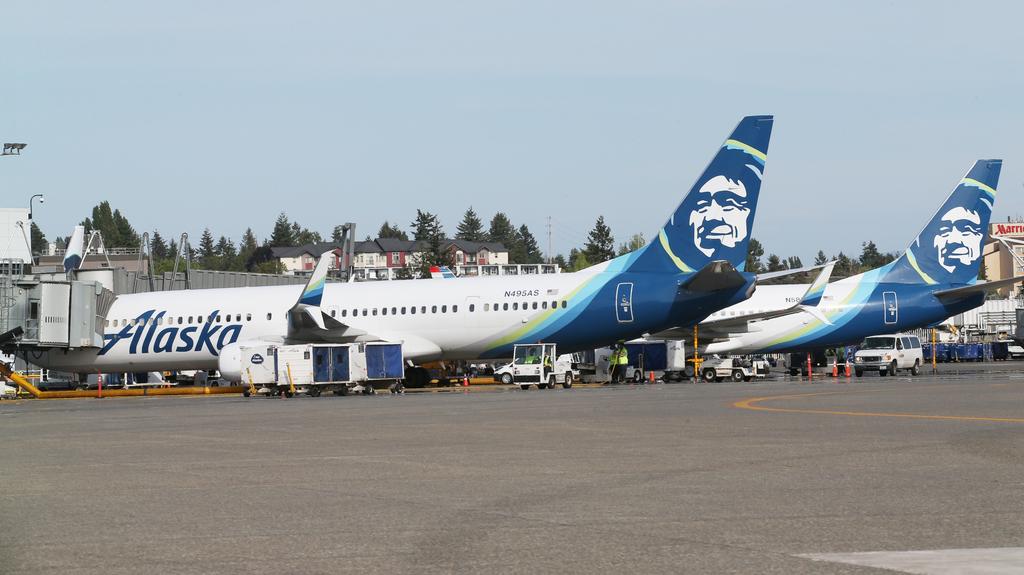


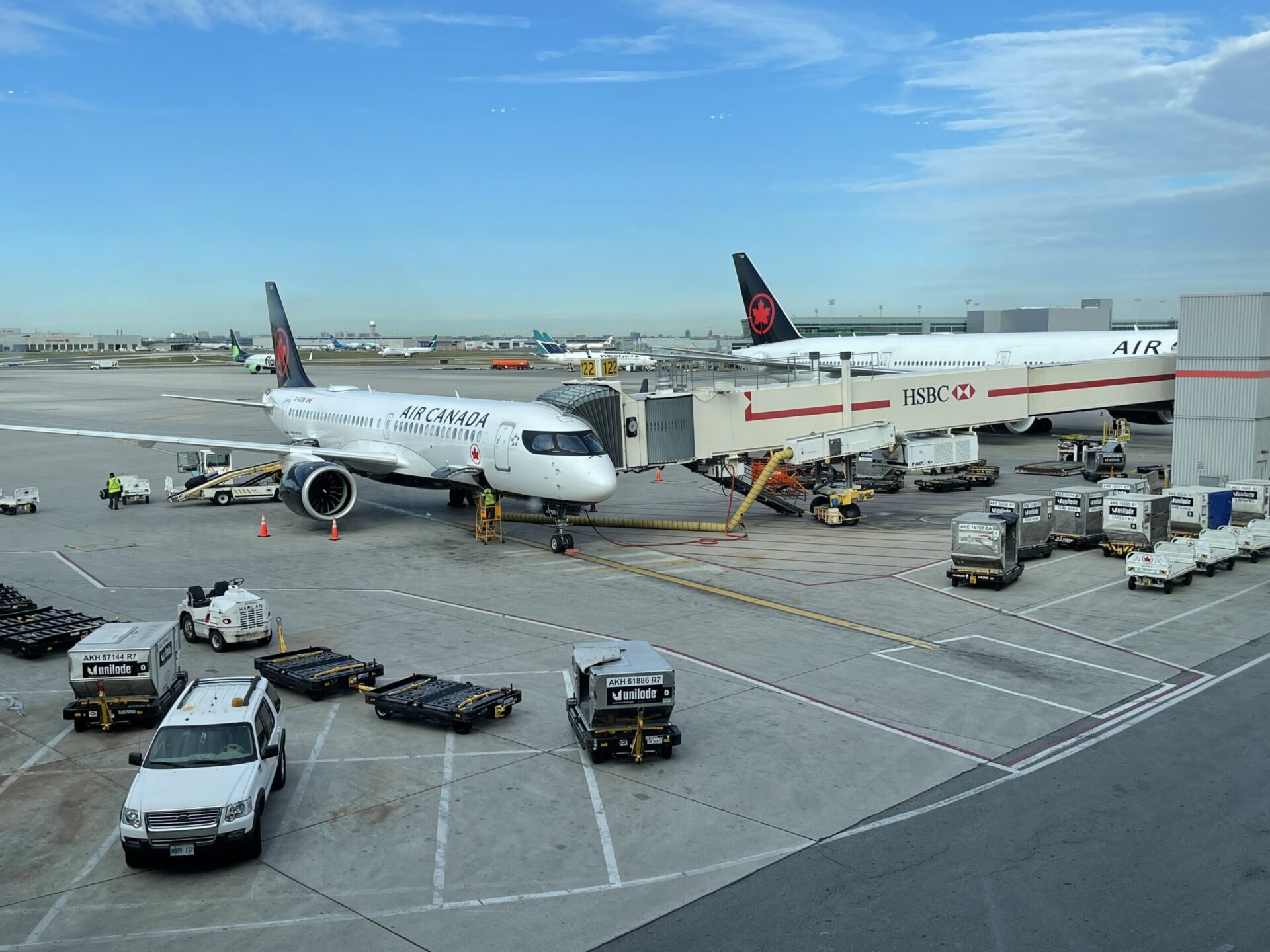



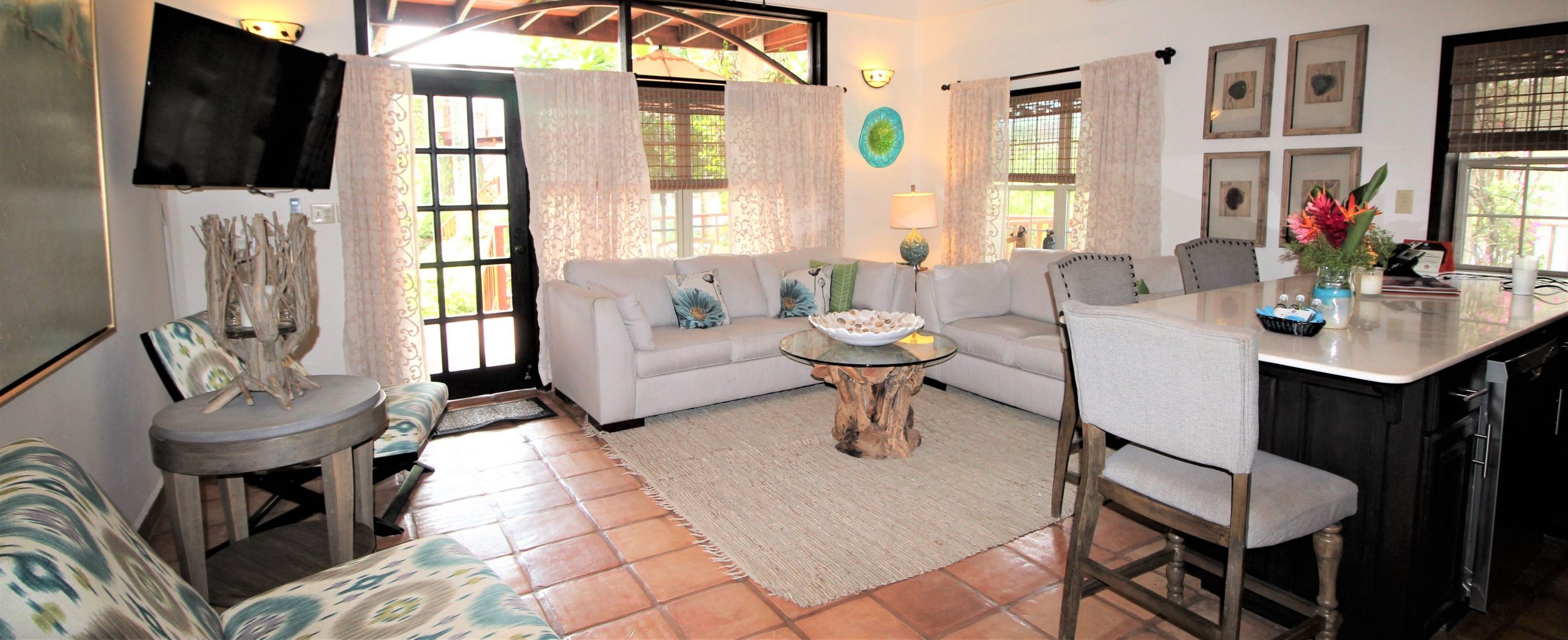
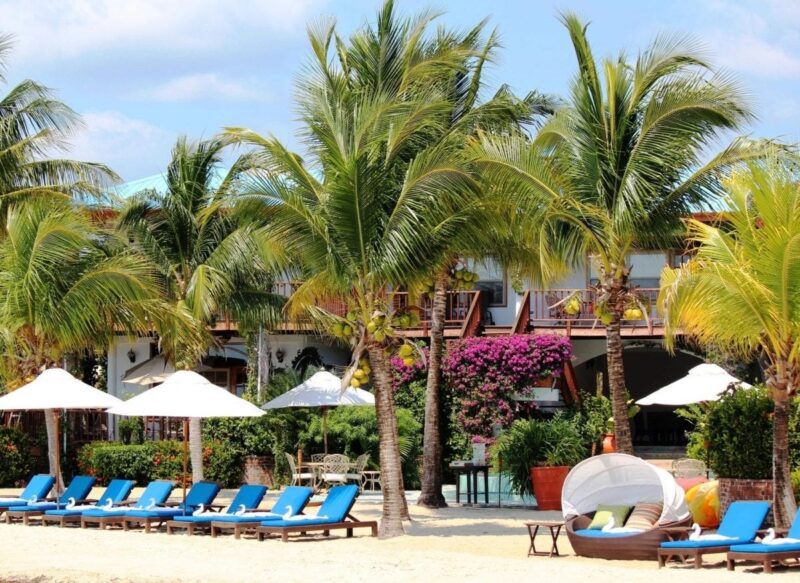
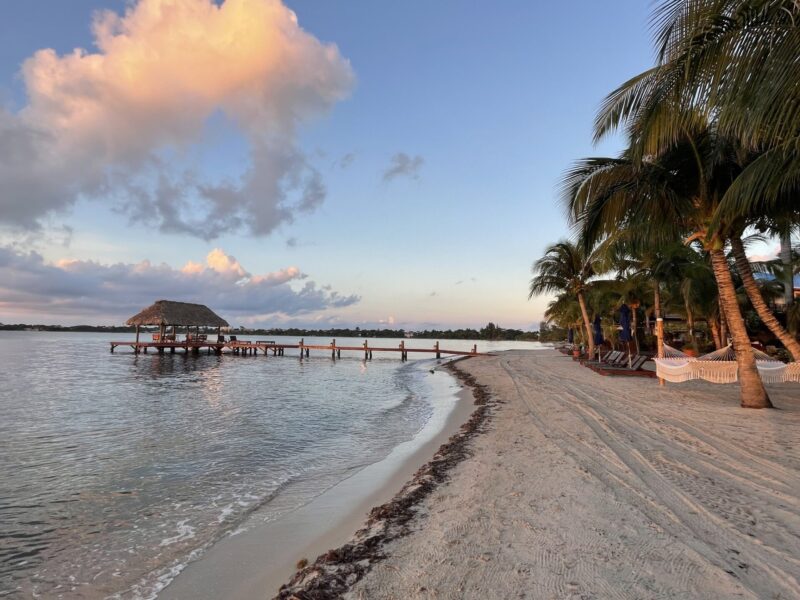
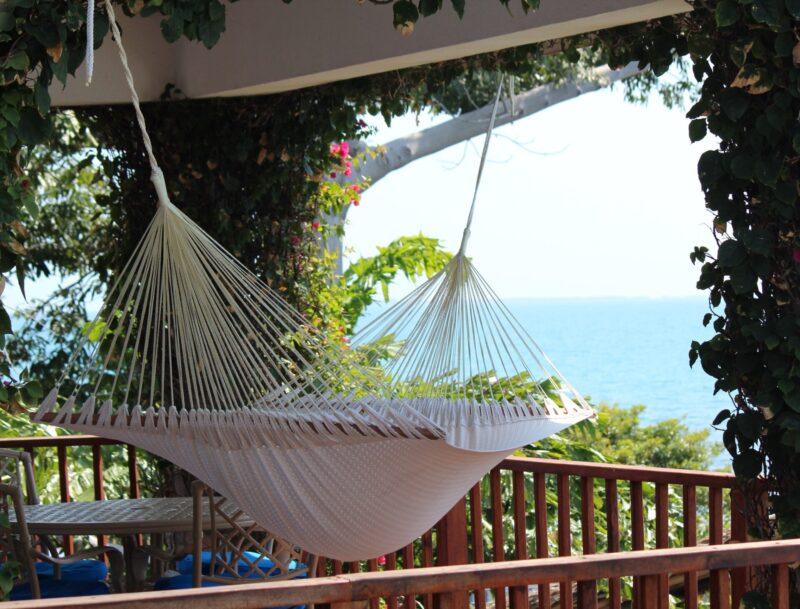
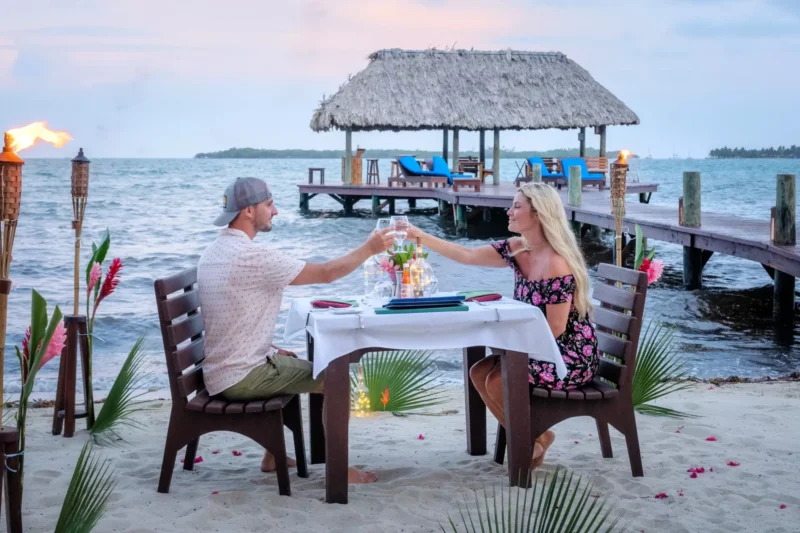
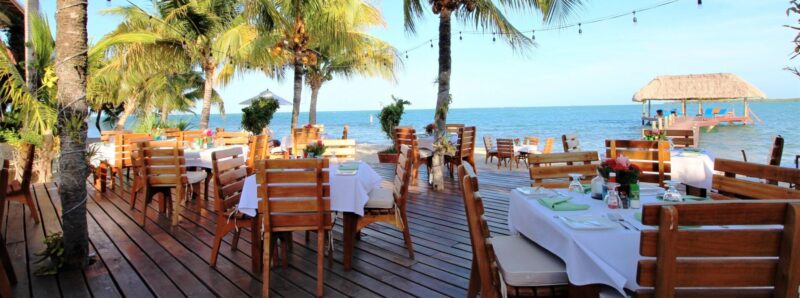
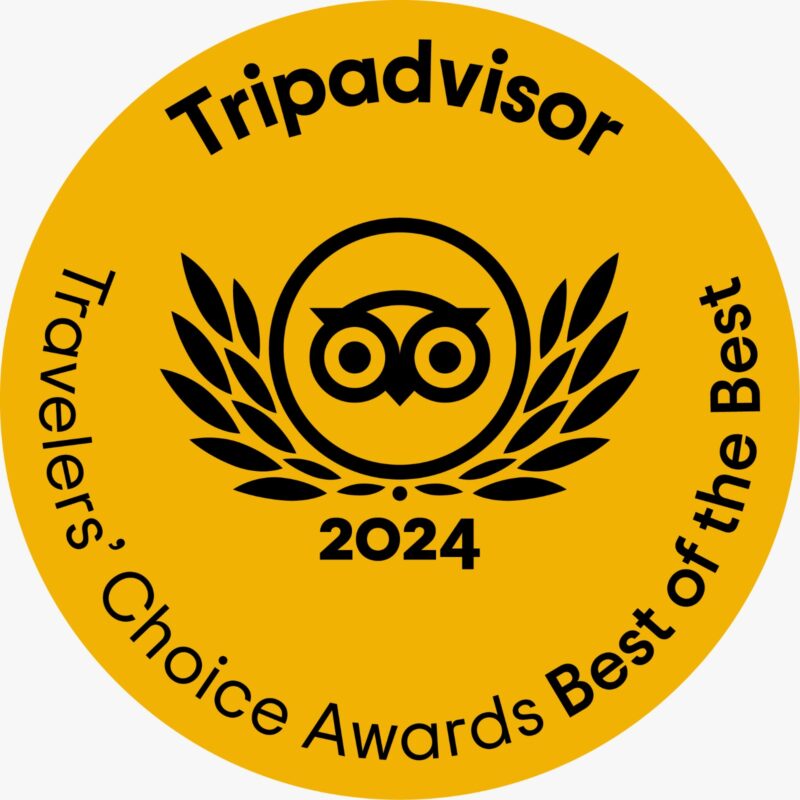



Follow Us!